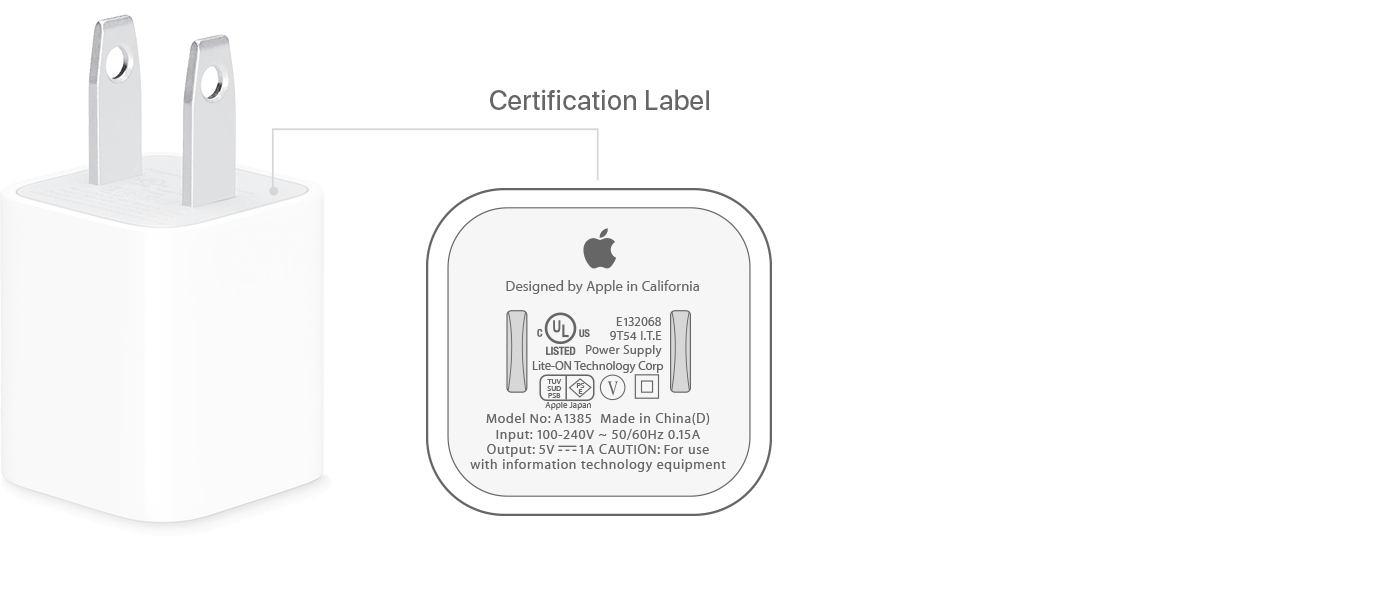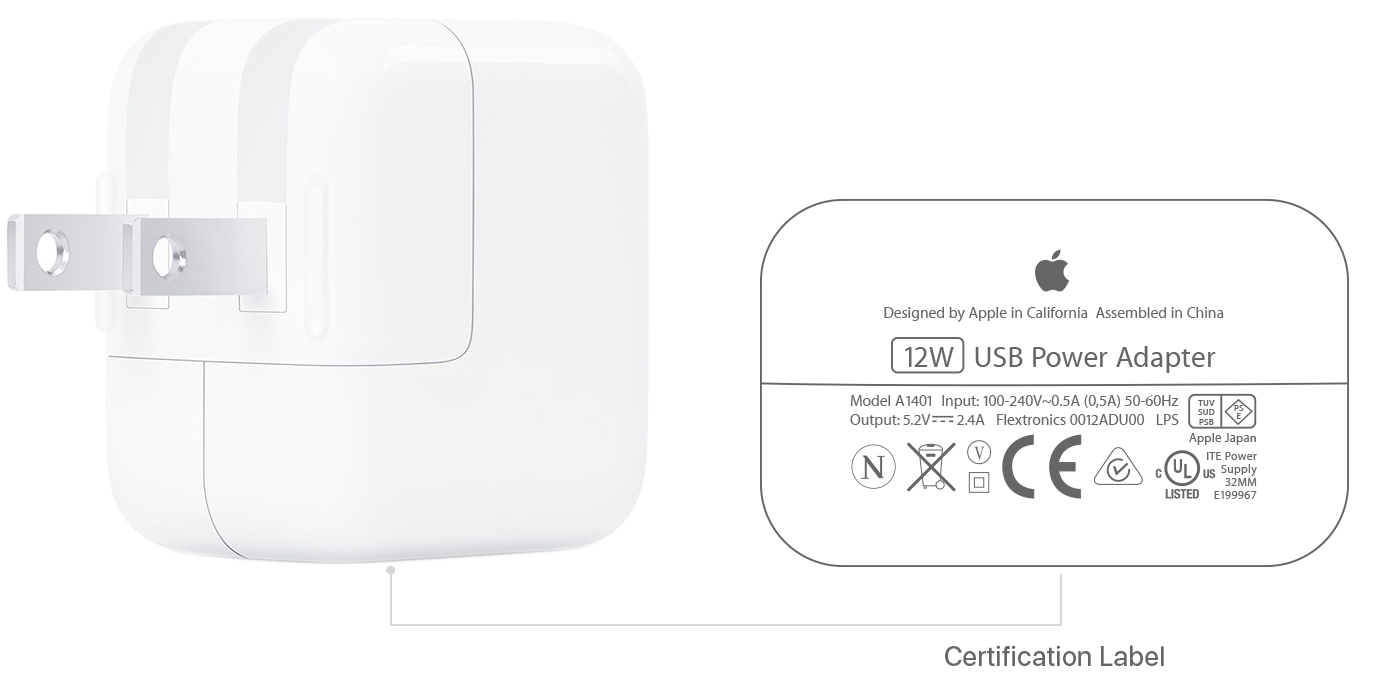When you're working on your robot you'll likely want to plug it into a wall socket rather than run it from batteries. For that you'll need a reliable USB Power Supply with enough current capacity to run your processor (e.g., Raspberry Pi), your sensors, motors and any other accessories (such as displays).
We'll focus on the Raspberry Pi since it generally requires more power than other microcomputers/microcontrollers.
Dishonest Advertising#
There are a number of companies providing USB Power Supplies specifically for the Raspberry Pi. Each of the different Pi models has differing power requirements, but at least a 3 amp supply is probably recommended. The problem is, the companies selling these units are not very honest about the power ratings of their products. Apple is by far the worst: they sell two adapters (listed as the Apple 87W USB-C Power Adapter and the 96W USB-C Power Adapter) that are likely the most expensive on the market and are not showing their output ratings in watts but seemingly their power requirements, i.e, not what they deliver but what they use. Of course it says nothing about this on the box. It's 87 watts, right?
Apple is really relying on the ignorance of its customers here.
I made the mistake of buying the 87 watt unit for NZ$120 (wow!), opening the box and finding in fine grey print on the adapter a confusing bunch of different amperage ratings at voltages, but at 5 volts the unit delivers 5 volts at 3 amps (i.e., 3000 mA or milli-amps). To give you an idea of how far this is off from that advertised 87 watt promise, delivering 87 watts at 5 volts it should be delivering 17.4 amps. Apple's unit is clearly using 87 watts to deliver 15 watts (3 amps at 5 volts) of power. You can check this yourself by using an online
Watts to Amps Calculator or Amps to Watts Calculator
or Amps to Watts Calculator .
.
What's strange is that Apple has delivered honest reporting on its other units. Their tiny  delivers 5 volts at 1 amp. Their
delivers 5 volts at 1 amp. Their  delivers 5.2 volts at 2.4 amps. They provide technical specification for these smaller models, but the Technical Specification for the 96 watt model just says "USB C". What gives?
delivers 5.2 volts at 2.4 amps. They provide technical specification for these smaller models, but the Technical Specification for the 96 watt model just says "USB C". What gives?
This is where having a bit of your own knowledge is good. These are the two pertinent formulas:
amps = watts ÷ volts watts = amps × voltsIf the Raspberry Pi people way your Pi needs 3 amps, that's not how much power the adapter is using (including power wasted through conversion, heat, etc.), it's how much it's required to deliver.
Some of the units I've found say they supply 3 amps but over two separate USB connections, or say they deliver 3.1 amps but have two USB sockets, so is that 3.1 amps for the whole unit or only 1.55 amps per socket? It's hard to tell when vendors aren't honest. I've got one USB charger that has this on the bottom:
Input: AC 100-240V~, 50/60Hz 0.8A Max
USB 1 Output: 5V